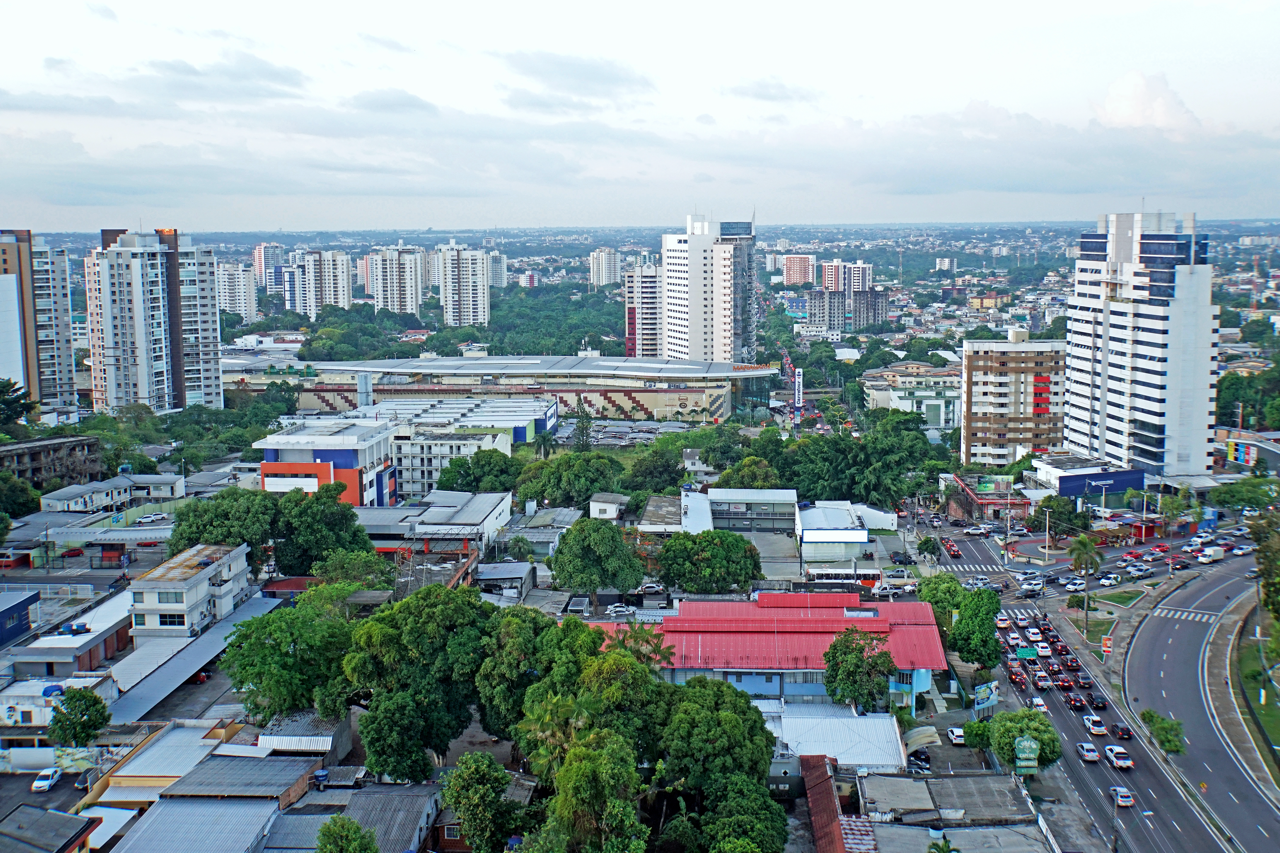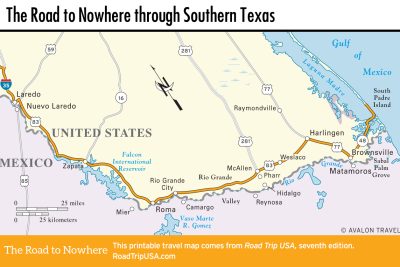
What is the capital of the Amazon and its key facts

Welcome to our exploration of Manaus, the capital of the Amazon and a vibrant city nestled in the heart of the Amazon rainforest. As the largest urban area in this unique region, Manaus plays a vital role in the economy, culture, and ecology of the Amazon basin. With its rich history, stunning attractions, and growing industries, there is so much to discover about this fascinating city.
From its beginnings as a small fort in the 17th century to its emergence as a vital economic hub during the rubber boom, Manaus has a storied past that has shaped its present. Today, it stands as a testament to the resilience and adaptability of the people who call it home. In this article, we will delve deeper into the capital of Amazon, highlighting key facts, historical significance, economic development, and much more.
Overview of Manaus
Manaus is located in northwestern Brazil, positioned strategically along the north bank of the Negro River. This city is approximately 900 miles inland from the Atlantic coast, making it crucial as a jump-off point for goods and commerce moving throughout the Amazon River basin. Its geographic location has made it an ideal hub for trade and transportation, accentuating its status as the capital of the Amazon.
Covering an area of approximately 3,877 square kilometers, Manaus is characterized by her lush landscapes, characterized by the verdant forests and wide rivers that define the Amazon region. The climate is tropical, with significant rainfall and warm temperatures year-round, conducive to the vibrant biodiversity present in and around the city.
Historical Significance
Established in 1669, Manaus began as a small fort designed to protect the Portuguese from Dutch invasion attempts. Over the following years, the city significantly transformed due to its prime location and the natural resources available in the surrounding areas. By the late 19th century, Manaus became a thriving economic hub, largely driven by the natural rubber boom.
During this period, Manaus garnered wealth and prestige, boasting grand architectural projects like the iconic Teatro Amazonas, a stunning opera house completed in 1900. This landmark reflected the city's affluence and the cultural significance of the arts, even earning Manaus the nickname "Paris of the Tropics." However, with the collapse of the rubber market in the 1920s, the city faced a harsh economic decline.
Economic Development
Although mana’s economy took a hit after the rubber boom, the future held promise when, in 1967, the Brazilian government established the Manaus Free Trade Zone. This development attracted various industries, including electronics, chemicals, and food production, fostering a period of growth and revitalization for the city.
Today, the modern economy of Manaus is diversified and robust, with many multinational corporations establishing operations in the city due to the preferential tax exemptions offered by the Free Trade Zone. Manaus now features multiple industries, including manufacturing, exports, and various service sectors, solidifying its importance as an economic center in the Amazon.
Key Landmarks and Attractions
Among the many attractions in Manaus, its historical and cultural landmarks stand out, attracting both tourists and locals alike. The fascinating architectural structures and beautiful parks offer a glimpse into the city’s rich heritage. Notable landmarks include:
- Teatro Amazonas: One of the most famous opera houses in Brazil, showcasing Renaissance architecture and cultural performances.
- Palácio Rio Negro: A stunning former governor's palace, now a cultural center and museum, illustrating the opulence of the rubber era.
- Amazonas Cultural Center: A hub for local art and culture, hosting exhibitions, workshops, and performances.
- Encontro das Águas: A stunning natural phenomenon where the dark waters of the Rio Negro meet the sandy-colored Rio Solimões, creating a striking visual contrast.
These landmarks not only serve as tourist attractions but also as symbols of Manaus's rich history and cultural identity.
Modern Economy and Industry
Today, Manaus boasts a dynamic modern economy influenced by its free trade policies, attracting companies worldwide. The city is often described as the industrial heart of the Amazon, producing a wide variety of goods, including electronics, motorcycles, and pharmaceuticals. Major global brands have manufacturing plants in the region, making it a critical point for both domestic and international trade.
In addition to manufacturing, Manaus has seen a surge in the service sector, with tourism and hospitality industries blossoming as more visitors seek to explore the Amazon rainforest and its unique fauna and flora. The city offers a mix of luxury hotels, local accommodations, and guided tours, promoting ecotourism as a sustainable way to explore this precious ecosystem.
Tourism in Manaus
Tourism in Manaus continues to grow, fueled by the city's stunning natural beauty and its relevance as a gateway to the Amazon rainforest. Visitors are drawn not only to the historical significance of Manaus but also to its diverse ecosystem, which is one of the richest in the world.
Adventurous travelers can engage in numerous activities, including river tours, wildlife watching, and hiking in the nearby rainforest. Engaging with indigenous cultures, visiting local markets, and savoring traditional Amazonian cuisine also provide travelers with memorable experiences that reflect the vibrant culture of the region.
Population and Demographics
As the capital of the Amazon, Manaus is home to a rich tapestry of cultures and ethnicities. The city's population is diverse, with indigenous groups and people from different regions of Brazil calling Manaus home. With over 1.8 million residents, Manaus is one of the largest urban centers in the Amazon basin, making it influential in the political and economic landscapes of the region.
As a growing metropolis, Manaus faces challenges related to urban development, infrastructure, and social inequality. However, the city's relatively young population presents opportunities for growth and innovation that can help pave the way for a brighter future.
Conclusion: The Importance of Manaus in the Amazon
Manaus occupies a unique and vital position as the capital of the Amazon. Its combination of historical significance, economic prowess, and cultural vibrancy illustrate the city's role as a bridge between the Amazon rainforest and the rest of the world. As economies evolve and industries diversify, Manaus stands poised to continue embracing its heritage while forging forward into the future.
In conclusion, Manaus is not only the capital of the Amazon, but also a symbol of resilience and adaptation. The rich history, stunning attractions, and growth in the modern economy all contribute to its importance, ensuring that Manaus remains a focal point in the Amazon for years to come.
Did you find this article helpful? What is the capital of the Amazon and its key facts See more here General.
Leave a Reply





Related posts